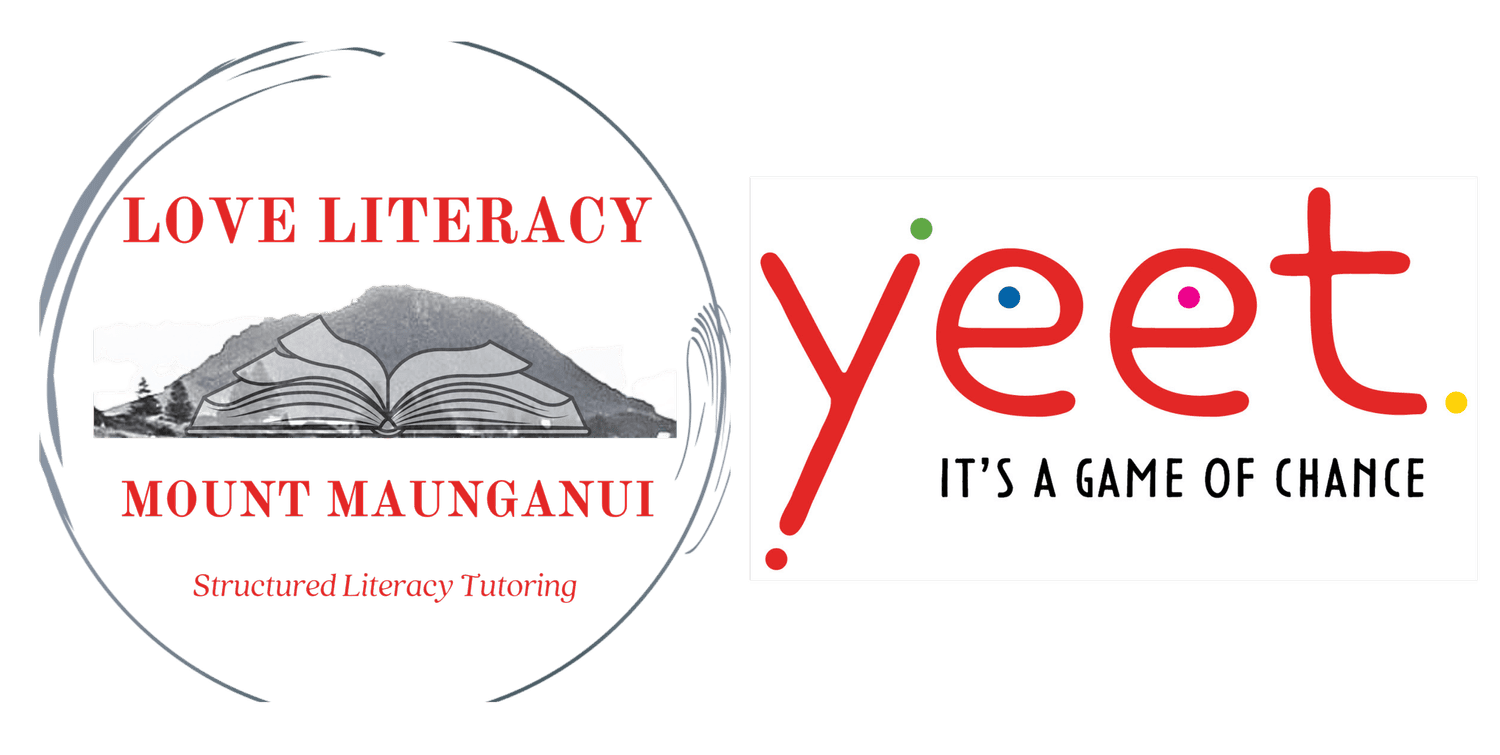What is Invented Spelling?
In my role as a private intervention tutor, I’m very familiar with invented spelling and see it a lot when carrying out literacy screening. But what exactly is it? Invented spelling can be good on one hand, as it tells us important milestones are being reached, however, we also need to be mindful of when it is not so good and what this can also tell us.
Invented spelling refers to the early attempts made by young children to spell words based on their own judgments and understanding of phonetic principles. It can occur as children begin to explore and develop their understanding of written English, using their knowledge of letter-sound correspondences to represent words in their own way. This is a good thing, as this process allows children to actively engage with spelling and language, and gradually develop their understanding of English orthography. Invented spelling in a nutshell, is children’s early attempts to bridge the gap between spoken language and written text, demonstrating their emerging literacy skills and readiness for formal spelling instruction.
There are various stages of spelling development and Reading Rockets has a great summary on their webpage here, I’ve just popped the basics of these below and encourage you to read the full article when you have a chance:
Precommunicative stage – symbols are used, but there is no knowledge of letter-sound correspondences, upper or lower case, or left to right.
Semiphonetic stage – the beginning of understanding that letters represent sounds.
Phonetic stage – letters or groups of letters are used to represent sounds, however spelling is not conventional.
Transitional stage – dependence on phonology moves to visual representation, and the understanding of the structure of words.
Correct stage – basic rules of the English orthographic system are known, and there is a large number of mapped words for instant retrieval.
For us as teachers, we need to ensure that we are tailoring our instruction to the developmental stage of our students. Following a scope and sequence underpinned by a structured approach to reading, writing and spelling that goes from simple to complex, and builds on patterns already learned supports this. Woven into this, we should also ensure there are purposeful writing experiences that support the development of spelling through the various stages. Regular review allows students to build on their knowledge and ensures it passes from the short-term memory to the long-term memory.
So when is there a problem? I’ve popped a list of my thoughts on when invented spelling should act as a red flag for teachers monitoring the progress of students’ spelling and writing, and the development of their understanding of phonetic principles. (please note however that I haven’t included the Precommunicative
Stage as this is the stage in the very early years of spelling and writing). I see many of these indications when screening for literacy challenges with the students referred to me. I hope that this provides an overview of when to dig deeper with your students and where they may need additional support or are potentially showing indications of a deficit in the connection between sounds and symbols:
Semiphonetic stage:
Reliance on single letters to represent whole words or sounds without consideration for the actual spelling of words.
Limited understanding of letter-sound correspondence leading to incorrect or inconsistent spellings.
Difficulty in using logic to represent sounds in words.
Phonetic stage:
Inconsistent application of letter-sound correspondences, resulting in unconventional spellings.
Difficulty in distinguishing between similar sounds and choosing appropriate letters to represent them.
Limited awareness of spelling patterns beyond basic phonetics.
Transitional stage:
Difficulty in transitioning from reliance on phonology to visual representation of words.
Inconsistent use of conventional spelling alternatives.
Struggle with recognising and applying more complex spelling patterns and structures in words.
Correct stage:
Persistent errors in applying basic spelling rules and patterns.
Difficulty in recognising and correcting spelling mistakes.
Inaccurate generalisations about spelling and frequent mistakes in exceptions.
Limited accumulation of correctly spelled words despite exposure and practice.
In conclusion, understanding the concept of invented spelling and recognising the various stages of spelling development can support children’s literacy journeys. Invented spelling can provide insight into students’ understanding of phonetic principles and how they grasp formal spelling instruction. As educators, we need to take into consideration the art of teaching and be mindful to tailor our instruction to meet students at their current developmental stage. We should be providing purposeful writing experiences that reinforce spelling concepts.
By identifying red flags and addressing potential challenges early on, we can provide targeted support and interventions to help students develop strong foundational literacy skills. Through regular review, assessment, and the implementation of a scope and sequence approach, we can guide students toward mastery of spelling and phonetic principles, ensuring their success in reading and writing.
Further reading:
https://www.readingrockets.org/topics/spelling-and-word-study/articles/invented-spelling-and-spelling-development
https://www.shanahanonliteracy.com/blog/explicit-spelling-instruction-or-invented-spelling
https://www.edweek.org/teaching-learning/invented-spelling-leads-to-better-reading-study-says/2017/05
